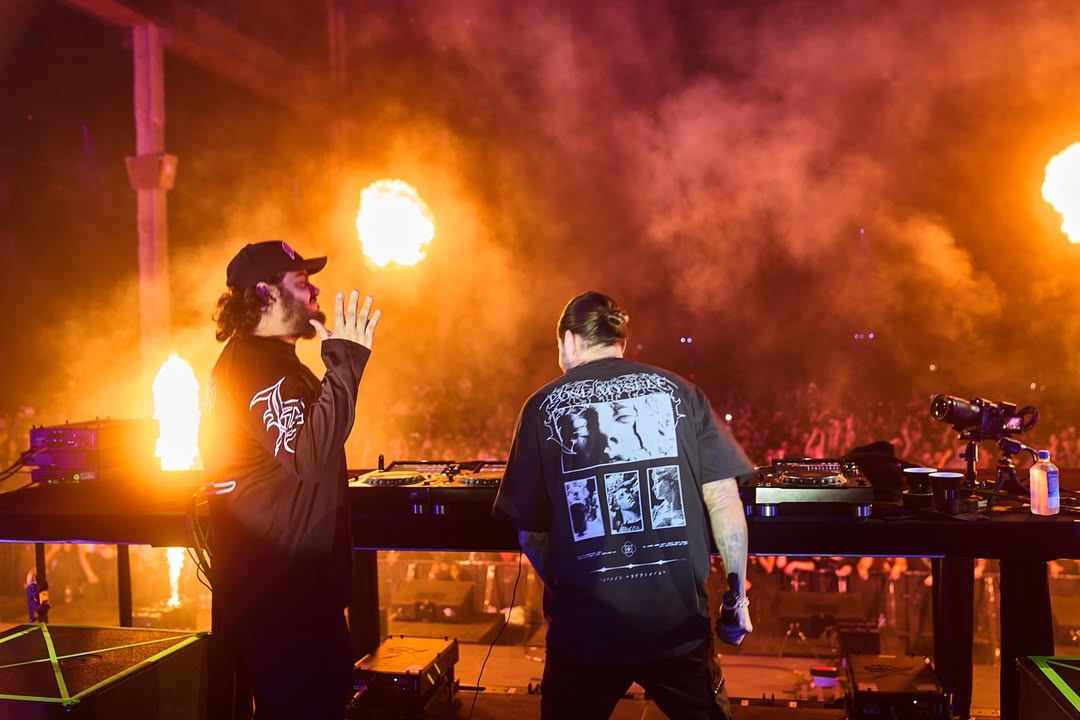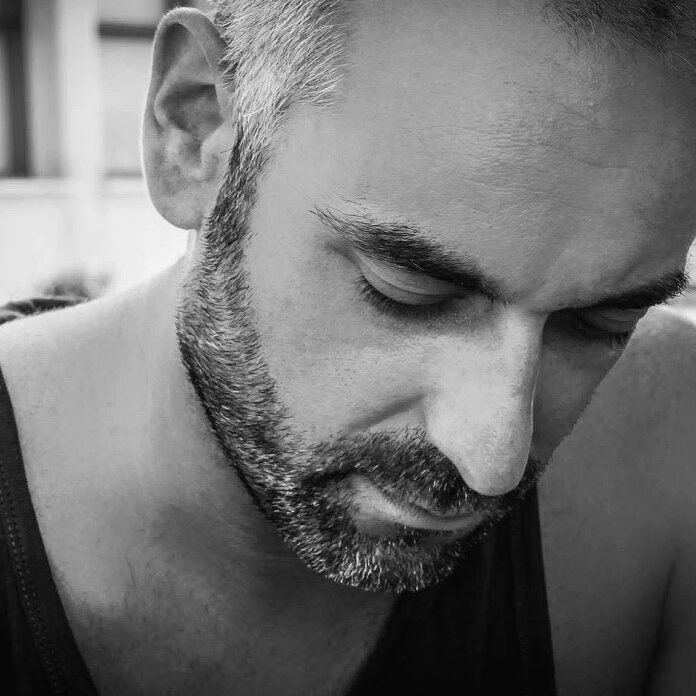As one of the most popular genres in all of manga and anime, shonen stories have acquired quite a few tropes, cliches and gimmicks over the years. One of these is the tournament arc, which makes sense given the fisticuffs and martial arts that usually make up shonen's premise. Another popular concept is the retrieval or rescue arc, which sees characters trying to reunite or save lost allies.
Testing friendships and loyalties while forging new ones, retrieval arcs can be the pinnacle of shonen stories as they change group dynamics and stories forever. Here's a look at some of the best-known examples in anime and manga, and why this concept is so thematically strong.
History of the Retrieval Arc in Shonen Anime
Most of the major modern shonen series have some sort of rescue or retrieval arc. For instance, Naruto is best known for the "Sasuke Retrieval Arc," in which Naruto teams up with other shinobi to save his former comrade from joining the evil Orochimaru. One Piece has different rescue arcs in the manga, including an attempt to save Luffy's brother Ace. The anime was notable for having an exclusive filler rescue arc where the Straw Hat pirates try to save Caesar. Darker franchises like Berserk have also employed the concept, and even the non-battle series Beastars sort of begins with a rescue arc.
Bleach had numerous rescue arcs, many of which were rather long-winded. The Soul Society Arc, the last major arc in the series, featured several different kidnappings and subsequent rescues. This included trying to save Rukia while fighting a litany of other Shinigami who couldn't care less, as well as having to save Orihime after she allowed herself to be taken as a hostage. Though these stories may start to seem a bit samey, there is a narrative reason for their use in shonen anime.
The Power of Friendship in Retrieval Arcs
Perhaps the biggest reason for these retrieval arcs stems from another staple of the shonen genre: nakama, or friendship. These stories are often based around young characters growing and fighting alongside each other, facing various difficult hurdles together. This can turn fierce rivals at the beginning of a series into the closest of friends later on. The opposite can also be true, with former allies becoming disillusioned and having to be brought back in one way or another.
Either way, the narrative point behind these arcs is to test the heroes' loyalties, showing how far they'll go to save a friend, family member or loved one. They also show how strong a character has become, especially if it's the main hero or a mentor who's in need of being retrieved. Without their closest allies or those they deem most powerful in their life, a character is forced to rely upon their own strength to rescue them, and realizing how far that strength goes by doing so.
It also allows for the typical gang of characters to be split up, forcing the hero to rely on unwitting allies and former enemies. This can see the dynamics of character relationships change forever, planting the seeds for permanent allies. Though it wasn't a retrieval arc, Vegeta working alongside Goku's allies in Dragon Ball Z's Frieza Saga is an example of this. The idea can also be used to introduce new characters who become allies right from their introduction. No matter what happens in these shonen retrieval arcs, the result usually changes the dynamics forever, all in an attempt to get the gang back together again.
About The Author

